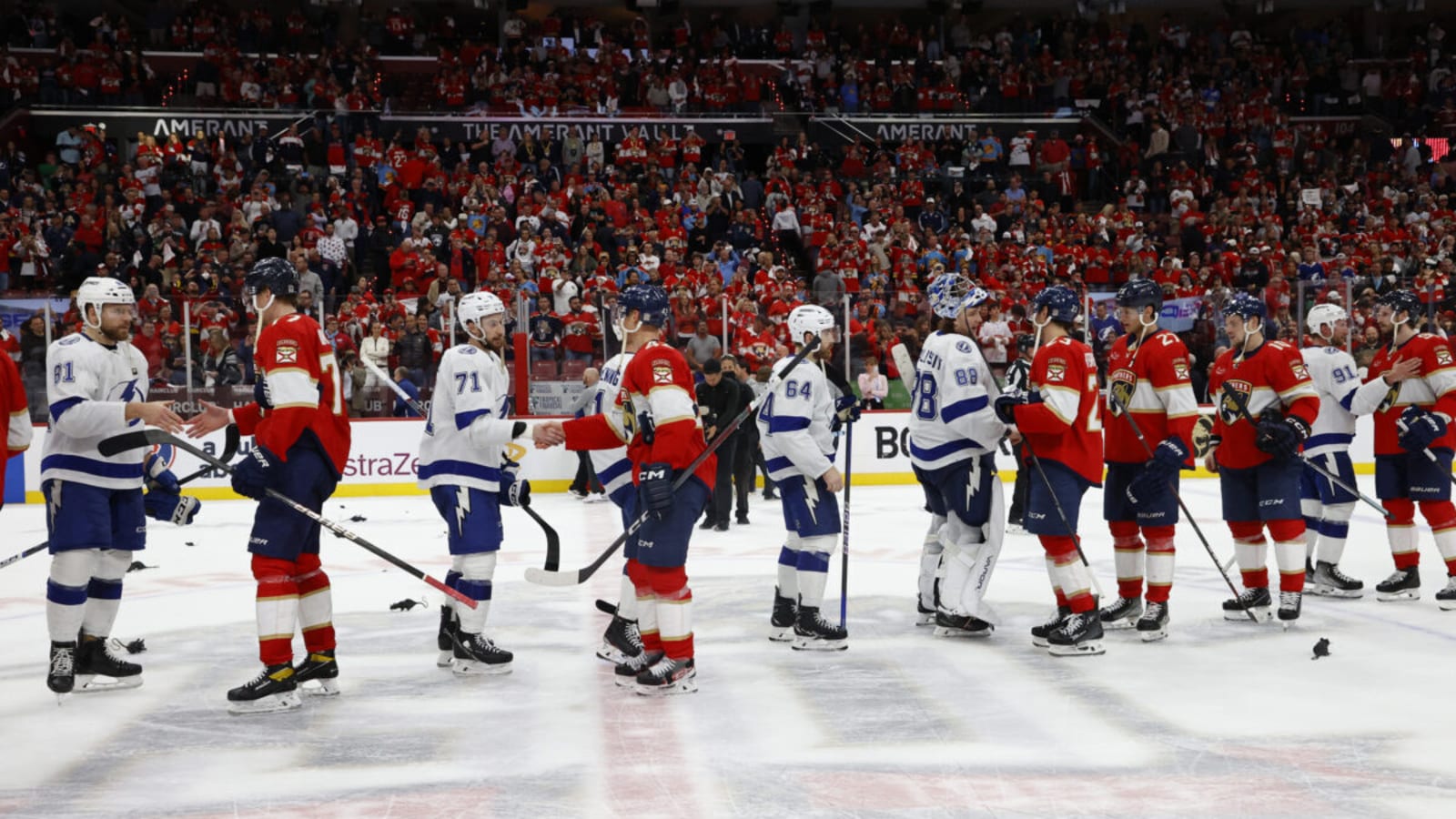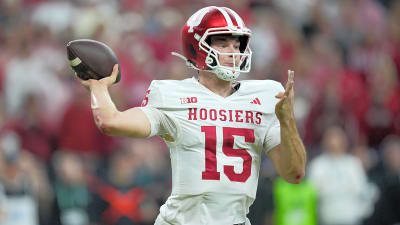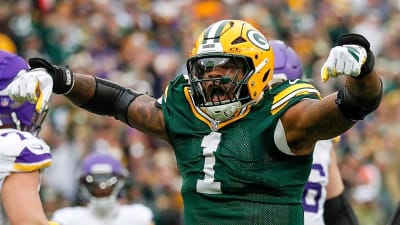
Following a blatant hit to the head from Aaron Ekblad on Brandon Hagel, who did not return to the action in Game 4, the Tampa Bay Lightning scored two goals in 11 seconds to capture a 2-1 lead in the second period. What seemed like the turning point in the series for the Lightning, ended up being an epic collapse in the final five minutes of the third period, where the Florida Panthers scored two goals in 11 seconds to take a 3-2 lead. The Lightning now trail the series 3-1 and are on the brink of a Round 1 exit once again.
Here are three takeaways from the Lightning’s collapse in Game 4 of the Stanley Cup Playoffs.
The Panthers Just Have The Lightning’s Number
The Lightning were minutes away from erasing a two-game deficit by piecing together back-to-back road wins. However, the Panthers rallied late in the third period and flipped the script of the series. After an abysmal first two games, the Lightning showed life to potentially bounce back and prove that this team was different from the previous two seasons.
However, the Lightning are on the brink of elimination at the hands of the Panthers again this season. After losing in five games to Florida in Round 1 of the 2024 Stanley Cup Playoffs, the Lightning are on the same trajectory for Round 1 of the 2025 Stanley Cup Playoffs. After such a successful regular season and plus-75 goal differential, the Lightning may be sent packing early for the third straight season.
While the series isn’t over yet, the Panthers continue to dismantle the Lightning with their physicality and heavy forecheck. Tampa Bay appears to struggle against Florida’s style of play, especially on the power play. The Lightning need a miracle to come back and win the series in Game 7.
Brandon Hagel’s Game 5 Status Questionable
After serving his suspension in Game 3, Hagel returned to the Lightning lineup looking to make a prominent impact. However, after the Panthers scored first, he was sidelined for the remainder of the game on the receiving end of an Ekblad check. Following a 35-goal and 55-assist regular season, Hagel was expected to be a key difference-maker in the playoffs for the Lightning.
Meanwhile, the Lightning’s two-way star has been out for nearly half the series, on top of an injury to Oliver Bjorkstrand. Therefore, the Lightning are rolling only 10 forwards at times, which doesn’t help against a tenacious Panthers team that will grind their opponents down. Hagel’s impact is severely missed, and the Lightning better hope he has a clean bill of health for the remainder of the series.
Hagel’s Game 5 status is a vital factor in the outcome of the remainder of the series. The Lightning are a phenomenal team on home ice and play two out of the last three games at Amalie Arena. Therefore, don’t count out this experienced Lightning group just yet.
Kucherov and Point Quiet in Round 1 Series
Teams need their superstars to shine brightest in the playoffs, and that hasn’t been the case for Tampa Bay. Some of their top-line forwards like Nikita Kucherov and Brayden Point have been quiet in this series against the Panthers. The two combined have two goals and four assists in the first four games of the series.
Kucherov has four assists in four games, including a 13-game playoff goal drought. Meanwhile, Point has just two goals in four games in this Round 1 series. The Lightning need more from their top guys if they are to make any comeback against the defending Stanley Cup champions.
Tampa Bay has dug themselves a difficult hole to climb out of heading into Game 5. Despite being minutes away from changing the dynamic of the series, the team couldn’t hold on to close out Game 4. Puck drop for Game 5 is at 7:30 p.m. ET on Wednesday night (April 30).
More must-reads:
- Sidney Crosby breaks longtime Penguins franchise record
- Three underperforming NHL players who must step up
- The 'NFL's active 300-yard passers' quiz
Customize Your Newsletter
 +
+
Get the latest news and rumors, customized to your favorite sports and teams. Emailed daily. Always free!








